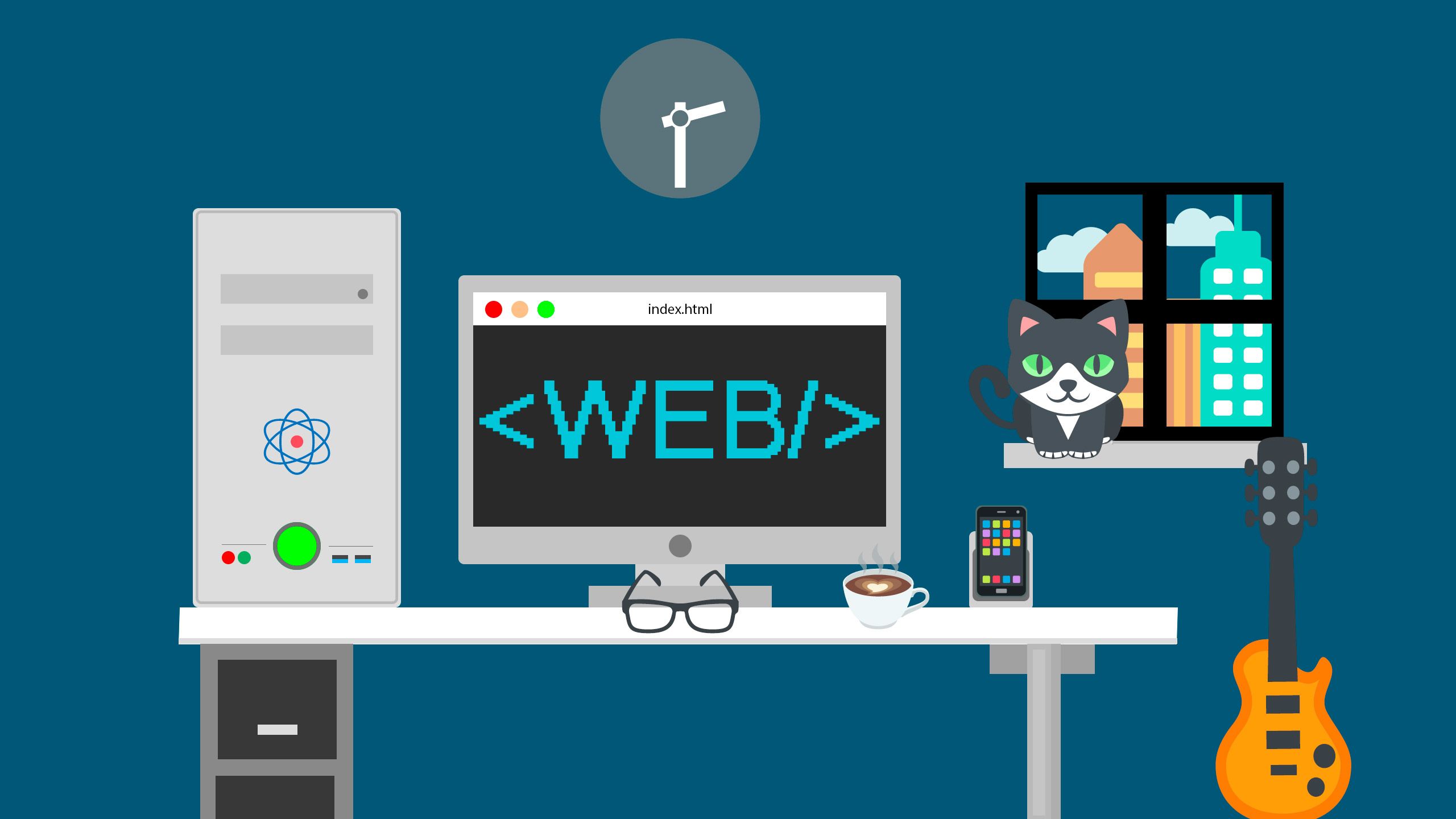In today’s digital age, a well-optimized user experience is essential for the success of any website. Users demand fast-loading, visually appealing, and intuitive websites that cater to their needs efficiently. To meet these expectations and stay ahead in the competitive online landscape, web developers need to employ best practices in web development. This article will explore top techniques for finding web design resources and discuss key strategies for optimizing the user experience.
Understanding User-Centered Design
Before delving into the techniques for optimizing user experience, it’s crucial to understand the concept of user-centered design (UCD). UCD is a design philosophy that places users at the center of the development process. It involves studying user behavior, preferences, and needs to create a website that aligns perfectly with their expectations.

Responsive Web Design
With the proliferation of mobile devices, responsive web design has become a fundamental practice. A responsive website adapts its layout and content to fit various screen sizes and resolutions, providing users with a consistent experience across devices. This approach enhances accessibility and ensures that your website looks and functions well on smartphones, tablets, and desktops.
Streamlining Website Performance
Website speed plays a critical role in user experience. Slow-loading pages can lead to high bounce rates and frustrated users. To improve performance, optimize images, minimize HTTP requests, leverage browser caching, and employ content delivery networks (CDNs). These techniques will reduce load times and make your website more user-friendly.
Prioritizing Accessibility
Web accessibility is not just a legal requirement in many regions; it’s also a moral imperative. Ensure that your website is accessible to users with disabilities by following WCAG (Web Content Accessibility Guidelines). This includes providing alternative text for images, using semantic HTML, and implementing keyboard navigation. Accessibility improvements enhance the user experience for a broader audience.
Intuitive Navigation and Information Architecture
A well-structured navigation system and information architecture are essential for guiding users through your website. Implement clear and logical menu structures, use descriptive labels, and create a user-friendly sitemap. Intuitive navigation ensures that users can find what they are looking for effortlessly, leading to a more satisfying experience.
Mobile-First Approach
Developing with a mobile-first mindset has become increasingly important. Start by designing for mobile devices and then scale up for larger screens. This approach forces you to prioritize essential content and features, ensuring that your website remains user-friendly on all devices.
A/B Testing and User Feedback
To fine-tune the user experience, rely on data-driven decision-making. Conduct A/B tests to compare different design elements and features to determine what resonates best with your audience. Additionally, collect user feedback through surveys, comments, and analytics tools to gain insights into pain points and areas for improvement.

Consistency in Design and Branding
Consistency in design and branding elements helps establish a strong online identity. Use a consistent color scheme, typography, and visual style throughout your website. This consistency not only enhances user recognition but also reinforces trust and credibility.
In conclusion, optimizing user experience in web development is crucial for the success of your online presence. By embracing user-centered design, responsive web development, performance optimization, accessibility, and other best practices, you can create a website that delights users and keeps them coming back. Remember that user experience is an ongoing process, and regularly soliciting feedback and making improvements is key to staying ahead in the ever-evolving digital landscape. Explore top techniques for finding web design resources to help you implement these practices effectively and provide an exceptional user experience on your website.




































